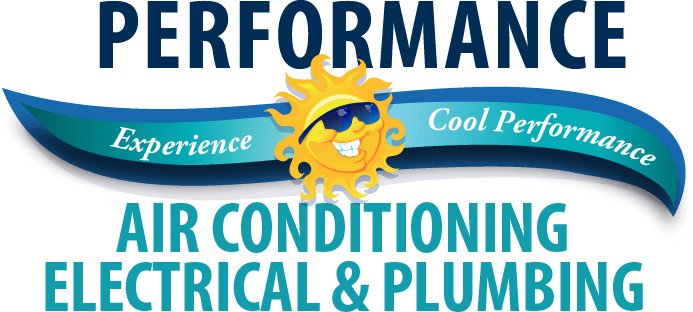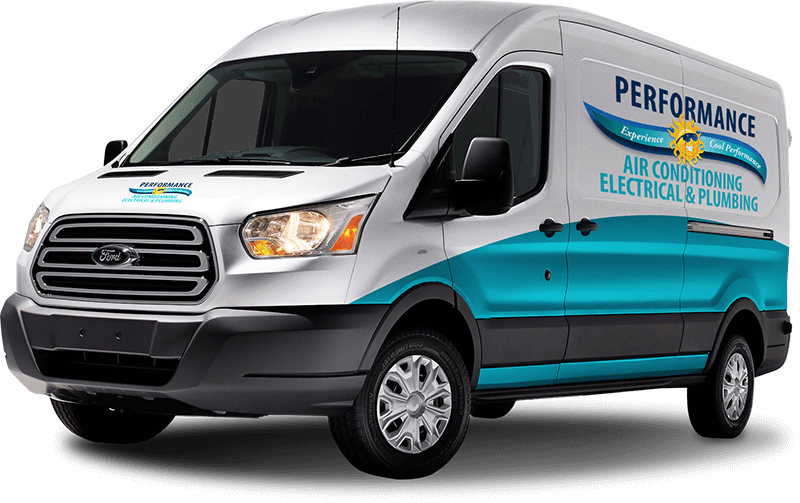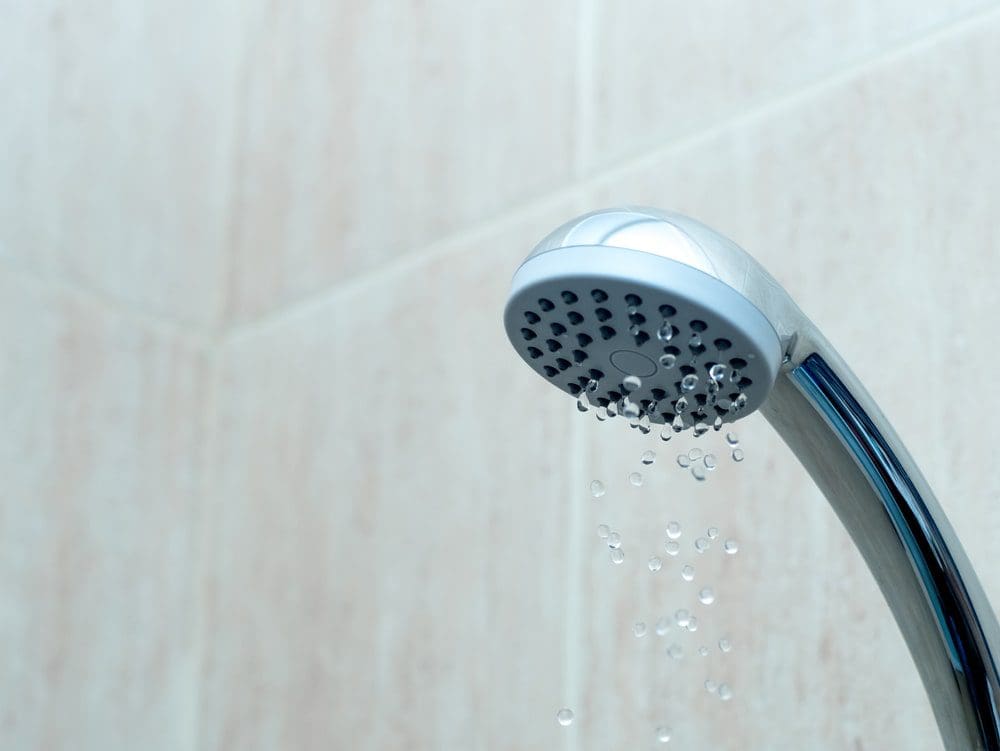
We’ve all experienced the frustration of low water pressure. Whether that is the kitchen sink, the shower, or even the dishwater not functioning properly. So why is my water pressure low in house? And how do you fix low water pressure? It starts by learning what causes it. Dive in to know the signs of low water pressure so you can identify its symptoms, what causes low water pressure, and how to wield your trusty screwdriver to fix the problem.
What is a Normal Water Pressure Level?
Most homes need a PSI (pressure per square inch) of about 40 to 60 PSI. When there’s too much force, it damages pipes. When there’s insufficient pressure, water can’t properly make it through the lines and into your home.
To check your home water pressure, you would need to purchase a pressure gauge from a hardware store, attach it to an outdoor faucet, and record the reading. But before that, it’s best to confirm whether your issue is indeed related to plumbing issues in your home or something else.
Signs of Low Water Pressure in House

Low water flow
The first signs that your home has low water pressure may be the most obvious: you turn on your sink and see the water dribble out in a less-than-strong manner. You may notice it when you shower and feel the water slowly dribble out.
It might be a slow and gradual decrease or be completely sudden, both of which indicate different causes. In the first case, it is likely to be caused by your pipes gradually deteriorating. If you experience a sudden low water pressure in the house however, it is more likely to be caused by a malfunctioning pressure regulator.
Everything takes longer
There are other signs that may not be as obvious, too. Your chores may take longer to complete. If you notice that cleaning the dishes takes double the time it usually does, it could be because the water pressure has dropped slightly.
Weird noises
You may also hear concerning noises emanating from your pipes, like clicking or banging sounds. Sometimes dark or discolored water may come out of your lines, though this is rare. Most of the time, homeowners realize their water pressure is low by feeling less pressure during showering or washing dishes.
5 Common Causes of Low Water Pressure
Unfortunately, there is no single culprit behind low water pressure. When you notice the force being a bit low, it could be a result of several issues, though these are the most common:
- Clogged pipes
- Corrosion or leam
- Malfunctioning pressure regulator
- Municipal supply problems
- High demand for the water supply
1. Clogged Pipes

Oftentimes, low water pressure occurs due to a clogged pipe. Think about all of the debris, gunk, dirt, and food pieces that move through your lines daily.
Over time, that gunk and dirt can lead to significant build-up. Then, this build-up forces the pipe to become narrower and narrower until the point where water struggles to flow through. If this happens, you may have to re-pipe your home.
2. Corrosion or Leam
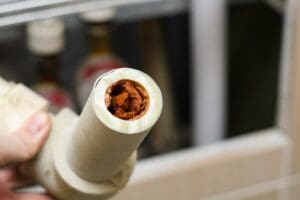
Similarly, corrosion causes oxidation to build up inside pipes, which can block water flow. This issue is often seen in older galvanized steel pipes, along with mineral scaling. Over time, corroded pipes can develop holes and eventually fail altogether.
3. Malfunctioning Pressure Regulator
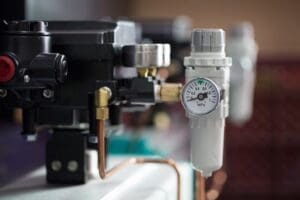
A pressure regulator is installed on a home’s main water line near the main valve. Its primary function is to lessen the high water pressure that enters the house, which can damage the pipes. When the pressure regulator malfunctions, it can cause various issues.
Sudden low water pressure in the house or an abrupt decrease in water pressure may indicate a failing pressure regulator. If you notice a severe drop in water pressure all of a sudden, it may be the pressure regulator.
4. Municipal Supply Problems
Sometimes, there’s a problem with the local or neighborhood water supply. For example, changes in government regulations can also impact the rate of water delivery to the home.
Additionally, if the water shut-off valve to the house is slightly closed, it could be the reason for the low water pressure. Every home has two water shut-off valves: one used by the utility company and another by the homeowner. In case the water supply to a house was recently turned off for repairs or other reasons, the homeowner’s utility company could have failed to turn the water back on completely.
The good news with a municipal supply is that the issue can be quickly resolved.
5. High Demand on The Water Supply
In certain households, turning on multiple water sources at once can overwhelm your plumbing system. If your shower pressure is low or you have a kitchen sink with low water pressure only some of the time and not all the time, it could be that there’s too much demand. Talk with your family members to see if you can reduce the demand for water supplies at once.
DIY Solutions
If your home suffers from low water pressure, it can reduce the efficiency of your home while also making daily tasks like bathing or washing the dishes turn into a snail’s pace.
Luckily, there are ways to fix some of these plumbing problems on your own without calling for backup from your local plumber.
The first step is to troubleshoot the problem and see if you can identify the issue.
Start by:
1. Check clogged shower heads
An easy fix is to see if the problem is coming from a shower head that has too much build-up on it. This is a great place to start if you notice low water pressure in the shower but not in other areas of your home like the kitchen sink. Try attaching a plastic bag filled with vinegar to your shower head and let it soak for 1 hour. Then clean the shower head as usual. This can help to break up deposits clogging the shower head.
2. Flush the water heater
Similar to a shower head, water heaters can suffer from too much sediment build-up, which can lower your water pressure and also take away years off your water heater tank’s lifespan. In that vein, every homeowner should flush the water heater once a year. First, turn off the heater. Then, drain the tank.
3. Clear debris from pipes
Use a cable or a snake drain and feed it down your drain pipe to unclog them. Regular pipe clearing should be done to avoid them from deteriorating and causing water pressure issues.
If you have done these steps and your water pressure is low in the house, it may be time to contact a professional.
Professional Solutions to Low Water Pressure
When to Call a Professional
Sometimes, DIY inspection is not enough. If you have no water pressure throughout the house, notice a sudden decrease in water pressure, or see the presence of leaks or other plumbing issues, it may be time to call a professional.
Benefits of Hiring a Pro
When it comes to low water pressure, it’s often necessary to hire a professional, as your pipes may have completely deteriorated. The only way to fix a deteriorated pipe is to re-pipe damaged pipes. To do this, you’ll need special training and specialized tools.
Hiring a professional also guarantees efficient and long-lasting solutions. Even if the problem reoccurs, all vetted plumbers will have warranties so that you won’t get left with the problem and the bill. On the other hand, if you attempt DIY, you won’t have a warranty to fall back on if the problem persists.
If you need pipe relining services or fixture repair, dial in a professional.
Conclusion
Low water pressure in your house is enough to dampen a mood. If you’re ever wondering “why is my water pressure low” and can’t seem to fix it, it’s time for professional help.
Call our local plumbers in Florida to get the problem fixed right away. Between our competitive prices and our unwavering dedication to quality, we’ll get your home squared away quickly. Schedule an appointment online for emergency plumbing or plumbing repair services today.
